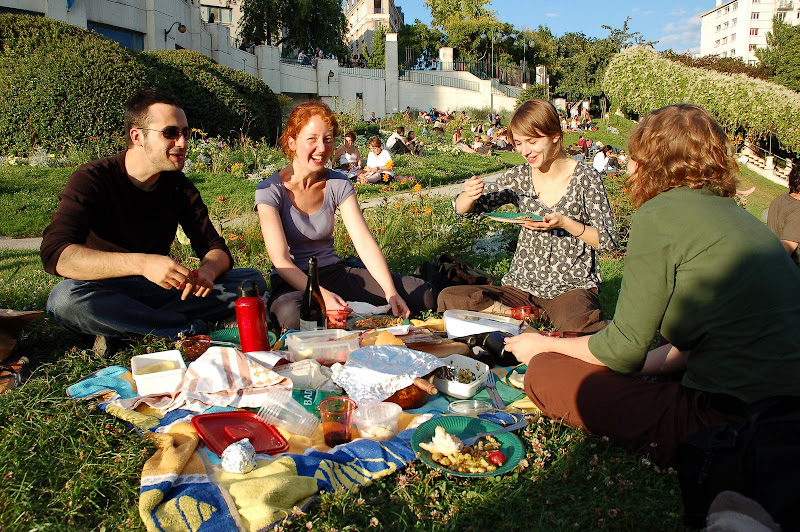Before I can talk about Yehiam and what makes it unique, a brief discussion of kibbutzes in general seems necessary.
Kibbutzes (kibbutzim following Hebrew plural rules) are, typically, agricultural communities organized around deeply socialist principles. In their most traditional form there is no private property, even clothing is shared among the members. These communities were vital to the development of the country of Israel, allowing the population to rapidly settle the desert, converting much of it to arable land.
This traditional model is extremely rare today and most kibbutzim have undergone some degree of privatization. In its weaker forms, members now own their own clothes and personal possessions, but all of the land, buildings, and vehicles are communally owned. It is not uncommon that all salaries that are earned outside of the kibbutz are given to the community under the principle of "give what you can, receive what you need."
In other cases, privatization has gone much further with members owning their houses, their cars, and keeping a certain portion of their salaries. Yehiam falls into this later category. The transition to this weaker model was not entirely voluntary; it was largely motivated by the poor management and near insolvency of its center of economic production, a factory processing poultry into deli meats.
Naturally, there are a variety of opinions about the future of the kibbutzim and under what model they should be organized. Experience has shown that, unsurprisingly, the communities function very well under the traditional model when the members are there voluntarily and don't feel that they were born into a system that doesn't represent their values. Thus, the first generation of kibbutzniks were exceptionally motivated, the second generation somewhat less so, and the third generation much less. In some cases where a family has moved off of the kibbutz for some years or even a generation, the younger members will move back with the motivation of the original members.
Yehiam is unique in that it is the site of a fortress built originally by the crusaders and used by various empires and governments up to and including the War of Independence of 1948. In that war, the kibbutz was an important rally point for the convoy that supplied the north of the country. This convoy was ambushed with only a few members escaping to the kibbutz; there is a memorial to those lost made of the mangled armored vehicles.
It is the kibbutz that Esther's family is most closely connected to being the current residence of her aunt, uncle, and cousins as well as the previous residence of her father. We spent nearly half of our time at the kibbutz and it was indeed a peaceful time. The landscape is gorgeous, the air is clean and clear, and life inside the kibbutz is quite tranquil. The security situation is never far from view, however. One evening I wondered why the street lights pointed to the exterior of the chain link fence surrounding the kibbutz. I realized that it's because they aren't street lights at all, but perimeter lights.











































